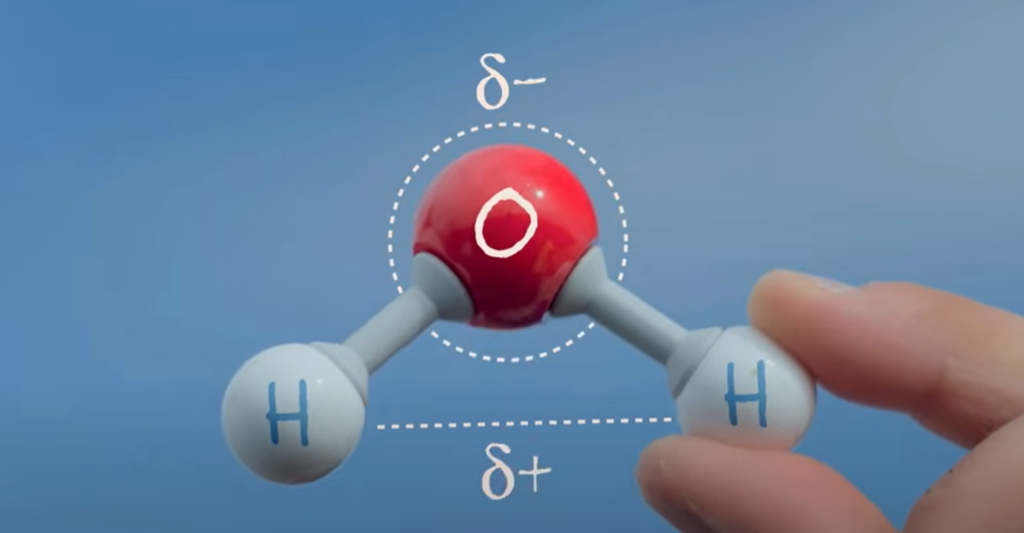In the context of AI and generative models like Gemini, temperature is a key parameter that controls the randomness and creativity of the model’s output.
Think of it as a “creativity dial” that ranges from predictable and focused to surprising and random.
The Simple Analogy: A Creativity Dial
Imagine you ask the AI to complete the sentence: “The best part of waking up is…”
- Low Temperature (e.g., 0.1): The dial is set to “Focused & Predictable.” The model will almost always pick the most common, statistically likely answer.
“The best part of waking up is coffee in your cup.”
- Medium Temperature (e.g., 0.7): The dial is in the middle. The model balances creativity with coherence. It might pick a common answer, or a slightly more interesting one.
“The best part of waking up is the quiet stillness of the morning.”
- High Temperature (e.g., 1.0 or higher): The dial is set to “Creative & Random.” The model is encouraged to take risks and pick less obvious words, leading to more unique, artistic, or even nonsensical outputs.
“The best part of waking up is realizing the dream-canvas is still wet with paint.”
How It Technically Works
- Probability of Next Word: When a generative AI writes, it doesn’t just pick one word. For every next step, it calculates a probability score for all possible words (or tokens) in its vocabulary.
- For “The sky is…”, the probabilities might be: blue (85%), clear (10%), vast (4%), electric (1%).
- Temperature’s Role: The temperature parameter adjusts these probabilities before the model makes its final choice. It divides the initial scores (called logits) before they are converted into probabilities via a softmax function.
- Pi=∑jezj/Tezi/T, where Pi is the final probability of a word, zi is the logit (raw score), and T is the temperature.
- Effect of the Formula:
- Low Temperature (T < 1): Dividing by a small number makes the scores of high-probability words (like “blue”) even higher and the scores of low-probability words even lower. This makes the model’s choice more “peaked” and deterministic. At a temperature of 0, it will always pick the single most likely word.
- High Temperature (T > 1): Dividing by a large number flattens the probability distribution, making the scores of all words closer to each other. This gives less likely words (like “electric”) a better chance of being selected, increasing randomness.
Practical Guide: When to Use Which Temperature
| Use Case | Recommended Temperature | Why? |
| Factual Q&A / Summarization | Low (0.0 – 0.4) | You want the output to be accurate, factual, and stick closely to the source information. |
| Code Generation | Low (0.2 – 0.4) | You need predictable, syntactically correct code that works as intended. |
| Controlled Extraction | Low (0.0 – 0.2) | For tasks like extracting specific information from a text where there is one correct answer. |
| Balanced Chatbot / RAG | Medium (0.5 – 0.8) | You want responses that are engaging and natural but not wildly off-topic or factually incorrect. |
| Creative Writing / Poetry | High (0.8 – 1.2) | You want novel ideas, surprising metaphors, and diverse vocabulary. |
| Brainstorming Ideas | High (0.9+) | You want the widest possible range of suggestions, even if some are impractical. |



